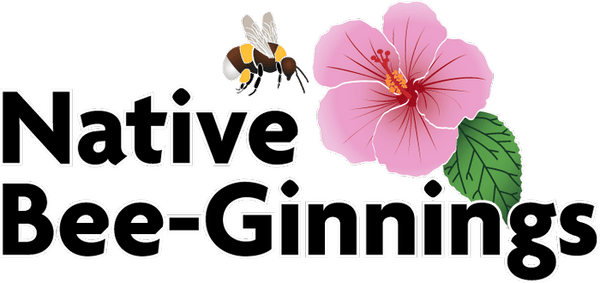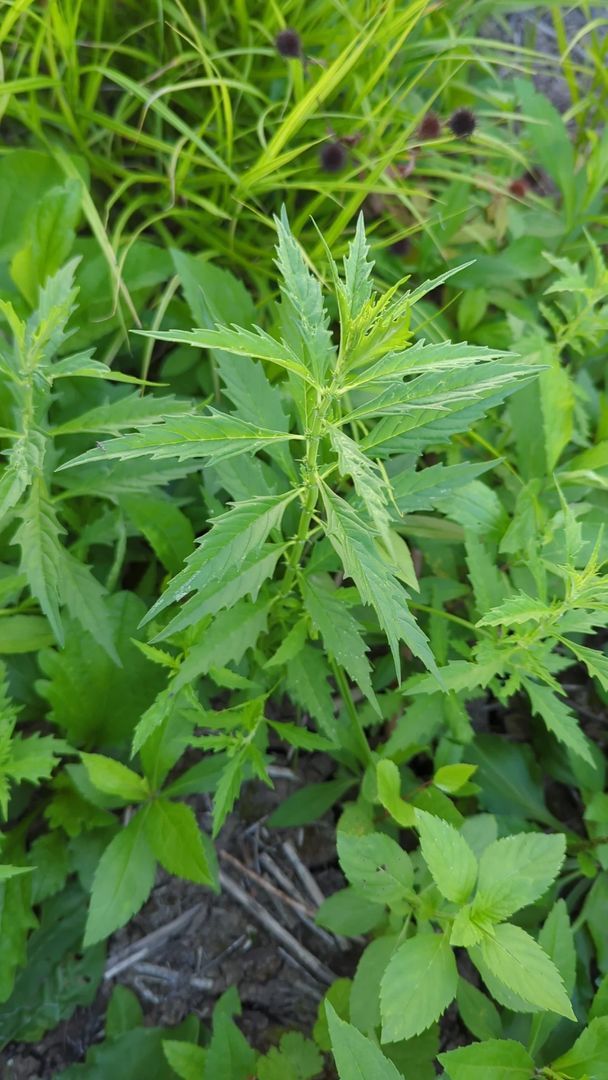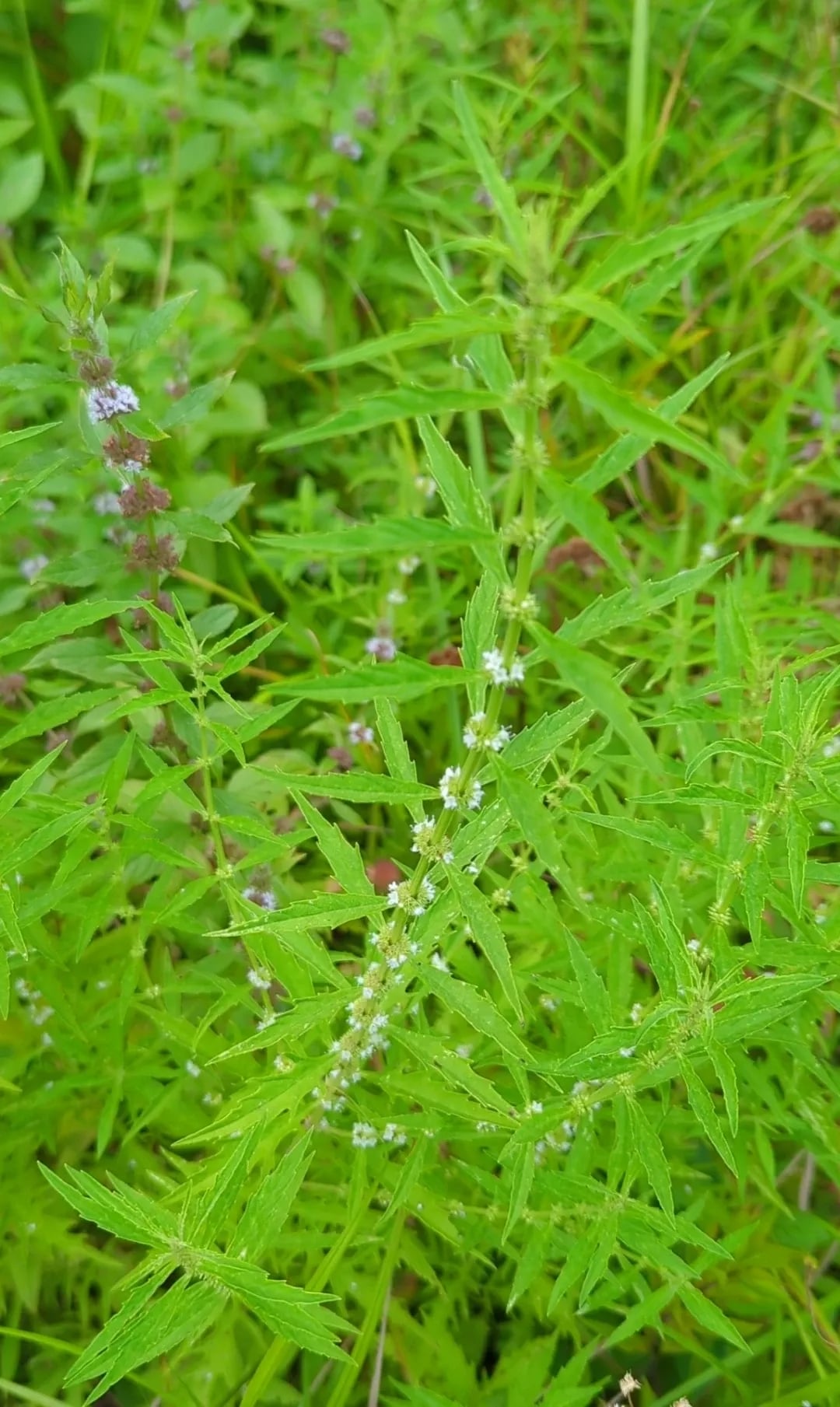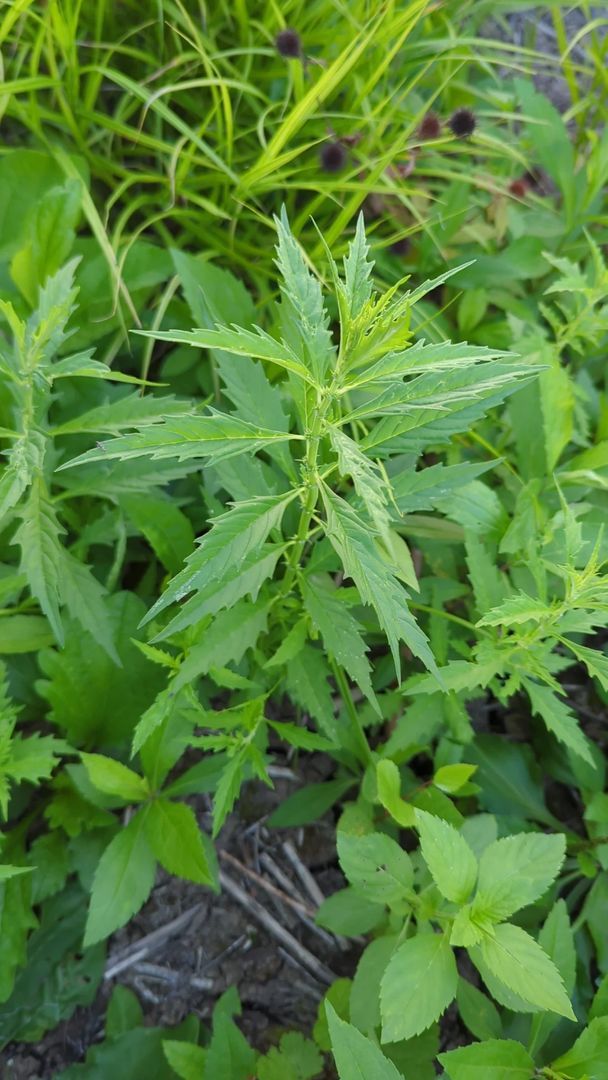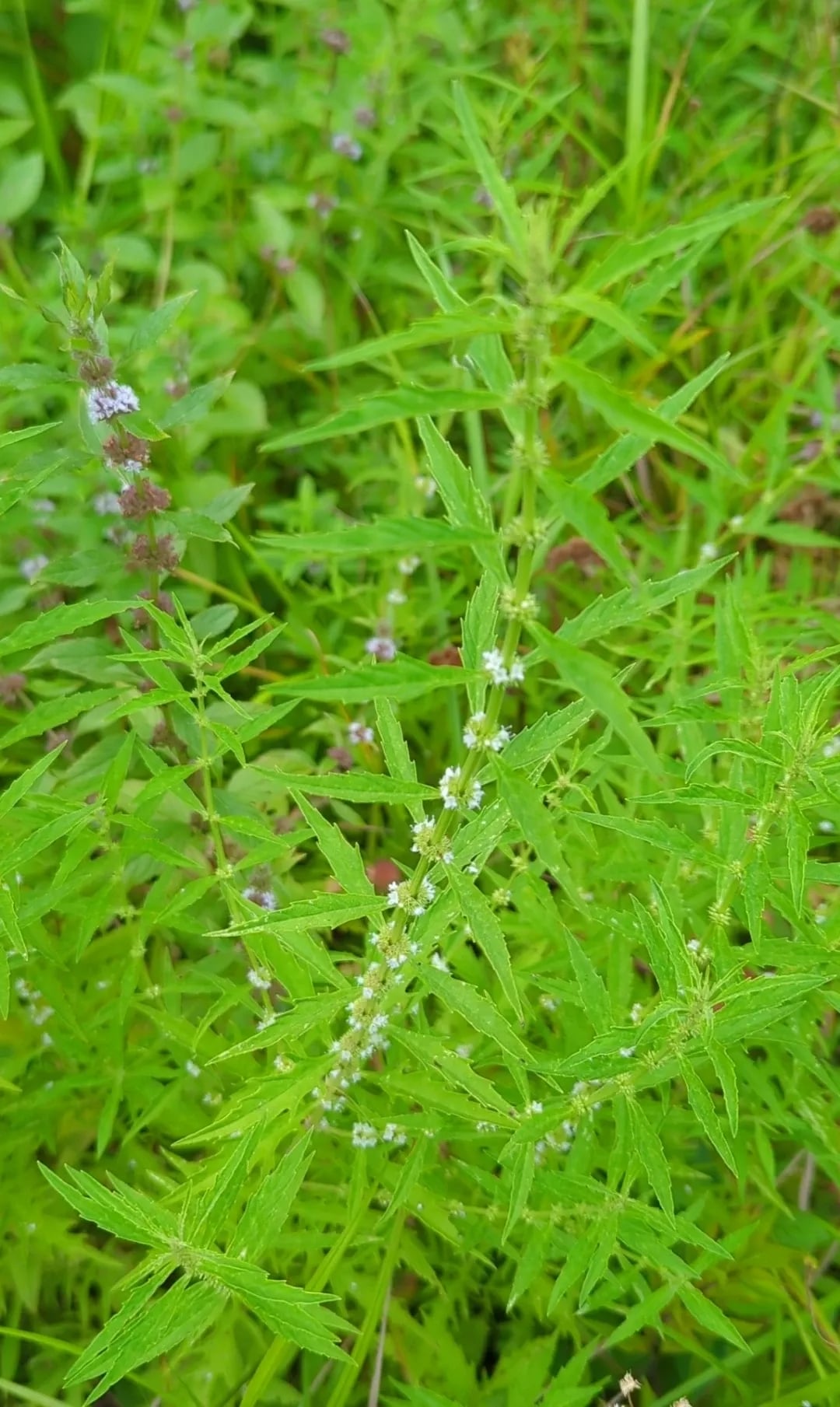About This Plant
Lycopus americanus, known as American Water Horehound, is a hardy, moisture-loving perennial in the mint family that thrives in wetlands, streambanks, and low meadows. Its square stems and opposite leaves give it a characteristic mint-like appearance, while small clusters of white flowers with purple spots appear in the leaf axils from mid- to late summer. Though not showy in a garden sense, this species plays a vital ecological role by supporting pollinators and providing cover in wet habitats.
Growing 2–3 feet tall, American Water Horehound prefers consistently moist to wet soils and can tolerate seasonal flooding. It thrives in full to partial sun and is often found in naturalized wetland plantings, rain gardens, and along pond or stream margins. Its rhizomatous growth allows it to form colonies, helping stabilize soil and improve habitat complexity. The foliage has a faintly aromatic quality when crushed, a characteristic shared by many plants in the mint family.
This species is particularly useful in designed ecological plantings where function is as important as form. Although not grown for ornamental show, its adaptability to difficult, saturated soils makes it invaluable in restoration and conservation settings. It can be planted in bioswales, wet prairies, and constructed wetlands, where it contributes to stormwater management and erosion control.
Ecological Benefits
The nectar-rich flowers attract bees, butterflies, syrphid flies, and other beneficial insects that are active in midsummer through early fall. American Water Horehound also provides microhabitat for amphibians, including frogs and salamanders, which take shelter among its stems in saturated areas. Birds and small mammals use its colonies for cover, and its presence signals a healthy wetland community.
Because of its spreading nature, Lycopus americanus is often planted alongside other wetland forbs such as Joe-Pye Weed, Blue Flag Iris, and Swamp Milkweed, where together they create a layered, diverse planting that supports pollinators throughout the growing season. Its role is subtle but essential: while it does not dominate visually, it strengthens the structure, resilience, and ecological functioning of any moist habitat.
